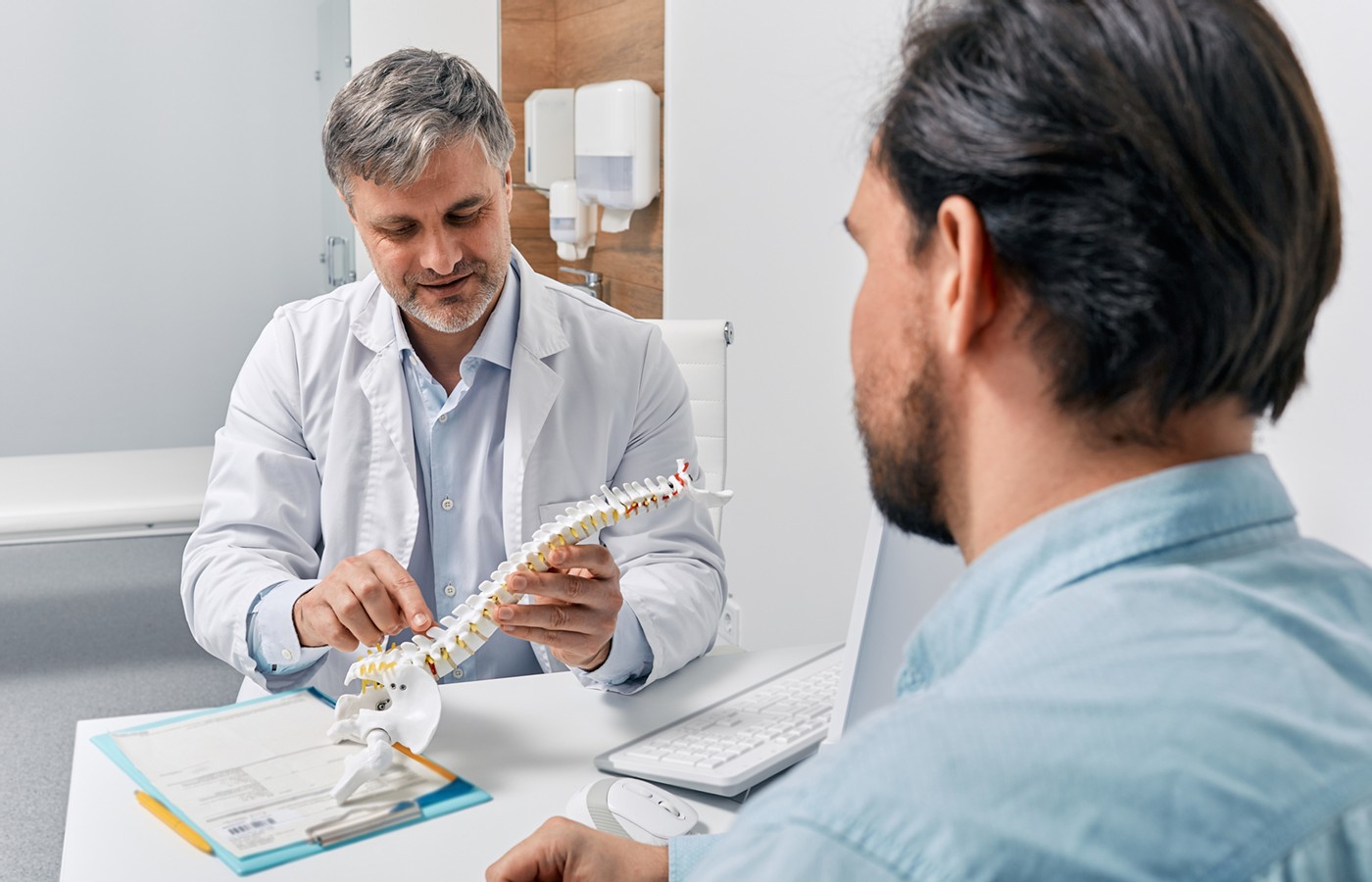On Oct. 21, 2025, a judge in Florida issued a groundbreaking decision in Complete Care v State Farm, 25-CA-1063. It concerns a fact pattern that many chiropractic doctors have faced wherein an insurer, such as State Farm or Allstate, decides to simply stop paying all claims submitted by a healthcare provider.
| Digital ExclusiveWhy Patients With LBP See You ... & Why They Don’t
- “The 2023 F4CP Harris Poll on Consumer Adoption of Chiropractic Care" reveals that 25% of the total population “seek treatment from” a DC for LBP.
- Our greatest opportunity for growth is with those in the 19-54 age range. But our biggest hole in that group is women ages 45-54 who have decided to see a PCP, rather than a DC.
- Looking at why people don’t see a DC for LBP, the leading issue for the 18-54 age group is concern that the treatment may be painful.
The Foundation for Chiropractic Progress (F4CP) recently commissioned “The 2023 F4CP Harris Poll on Consumer Adoption of Chiropractic Care.” Findings reveal some interesting trends, as well as reasons why people in your community may not be seeking your chiropractic care.
The poll included 2,068 U.S. adults ages 18 and older. The focus was on opinions of the total population, people who have experienced lower back pain (LBP) and those who have never seen a doctor of chiropractic for LBP.
Who Sees You for LBP: Patterns
Surprisingly, 25% of the total population “seek treatment from” a DC for LBP. This is a good benchmark, as many have held onto a decades-old percentage of 15%. This growing percentage is led by young people. Of the total population 18-54 years old, 28% seek chiropractic care, compared to 22% of adults ages 55-64 and 19% of adults ages 65 and older.
The percentage who see a DC is even higher (29%) among those who have experienced LBP (87% of the population). Among men who have experienced LBP, roughly a third see a DC in the 18-34 age group (30%), vs. 36% for those ages 35-44 and 35% for those ages 45-54.
But for women who have experienced LBP, there is a strange drop-off from 18-34 (31%), 35-44 (35%) and then 45-54 (26%). At the same time, we see a dramatic increase in the percentage of women in the 45-54 age group who see a primary care provider (PCP) for LBP (59% vs. only 46% in the 35-44 age group).
With due respect to the 55+ group (whose opinions may be harder to change), our greatest opportunity for growth is with those in the 19-54 age range. But our biggest hole in that group is women ages 45-54 who have decided to see a PCP, rather than a DC, for their low back pain. One reason may be that we have failed to interact with medical doctors sufficiently to help them to confidently refer to doctors of chiropractic.
Why People Don’t See You
Looking at why people don’t see a DC for LBP, the leading issue for the 18-54 age group is concern that the treatment may be painful. More than one in five (21%) of the total population doesn’t seek treatment from a DC for LBP because they are “concerned the treatment might hurt.”
Of the total population ages 18-54, the concern for treatment pain ranges from 28% (18-34) to 29% (35-44) to 23% (45-54). Focusing on women ages 18-54, there is less concern for treatment pain, with ranges from 25% (18-34) to 26% (35-44) to 27% (45-54). It is actually young men in the 18-54 age range who have a much greater concern for treatment pain: 33% (18-34), 32% (35-44) and 19% (45-54).
Other reasons people don’t seek chiropractic care for their LBP include “My insurance doesn’t cover it” (21%), “My physician does not recommend it” (20%) and “I know someone who has had a negative experience with [a] chiropractor” (17%).
A Two-Step Approach to Get More Patients to See DCs
Educating consumers to see a doctor of chiropractic first is something the F4CP is working hard to achieve, but there is a reality here that we can’t overlook: Seventy-one percent of the population have experienced LBP, but still haven’t seen a DC. They are somewhere in the health care system, with the vast majority seeing the wrong provider first. And if that’s a PCP, they have less than a 5% chance of being referred for chiropractic care.
Even if we educate people about the value of chiropractic care, and even if they ask their PCP about it, there still has to be a referral to a DC. Providers refer patients to people they know and trust. If they don’t know a DC they trust, they won’t refer for chiropractic care.
As of last year, there were about a million active MDs in the U.S. Of those, about 120,000 are family medicine / general practitioners. That’s about two GPs for every practicing DC. There are another 40,000 OB/GYNs who should be referring as well, along with all other specialties. In round numbers, you should be working with 3-5 MDs who regularly refer their spine-pain patients to you – because you’re the provider who should see them first.
Increasing the number of patients who see a DC requires a two-pronged approach:
- Educate patients to seek chiropractic first, but when that doesn’t happen (71% of the time), to ask their PCP for a chiropractic referral.
- Create informed, trusting relationships with applicable MDs who will confidently refer patients for chiropractic care.
You have a part to play in moving the numbers. You just have to take some time outside your comfort zone and create those relationships. Start by asking your patients who their PCP is and begin working backward. A common patient who speaks highly of your care is a great ice breaker.



